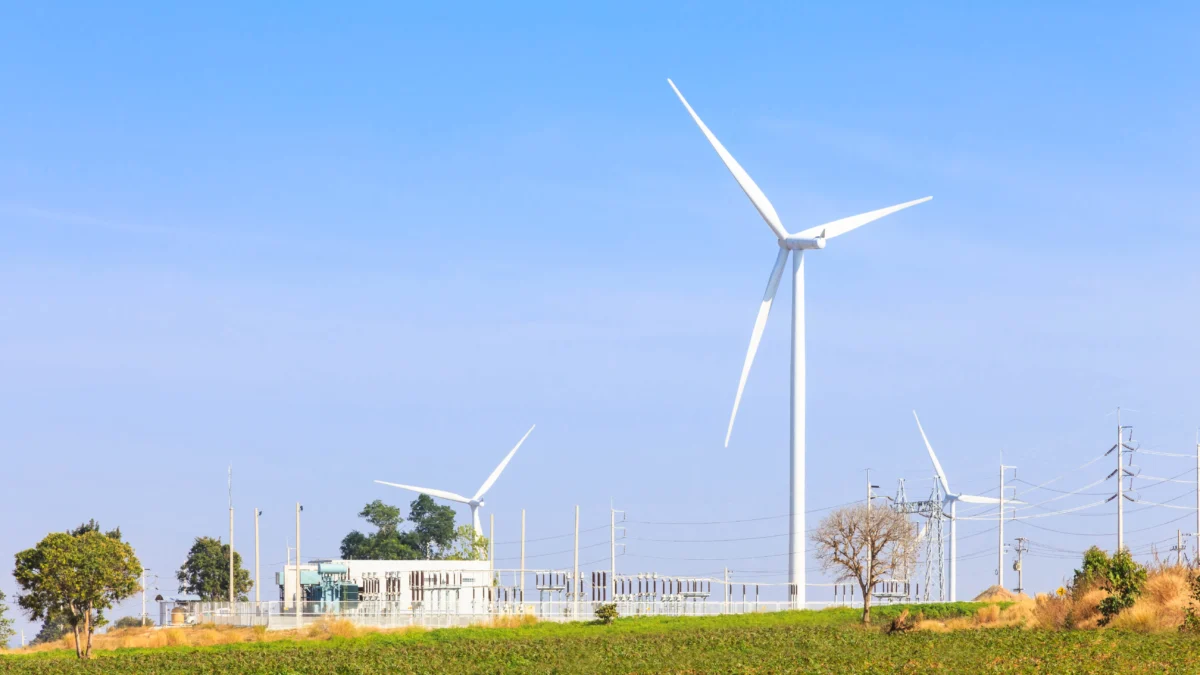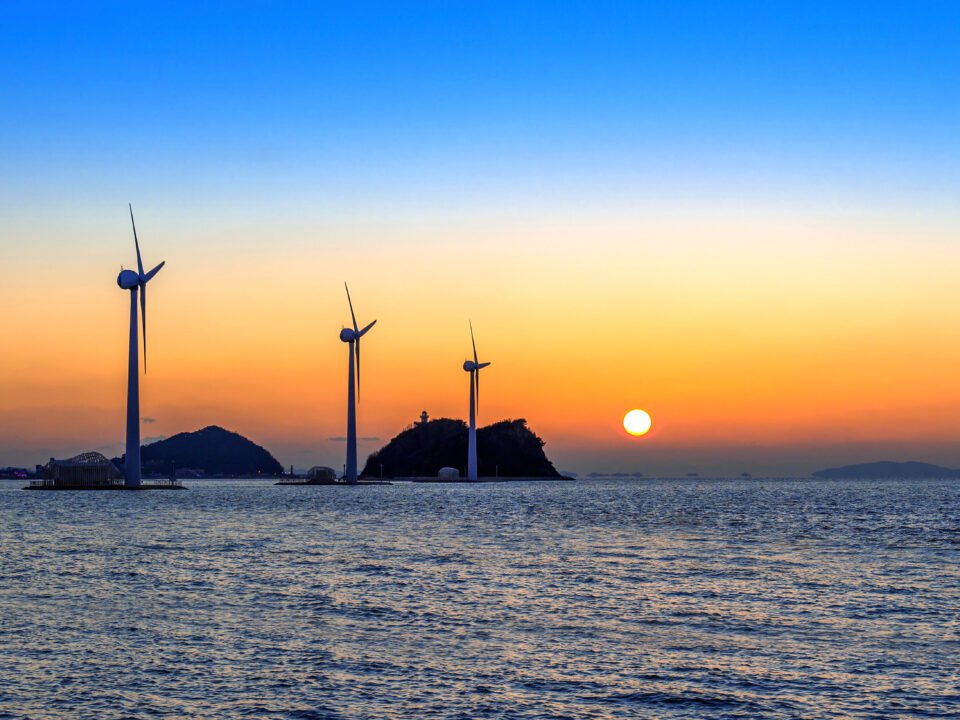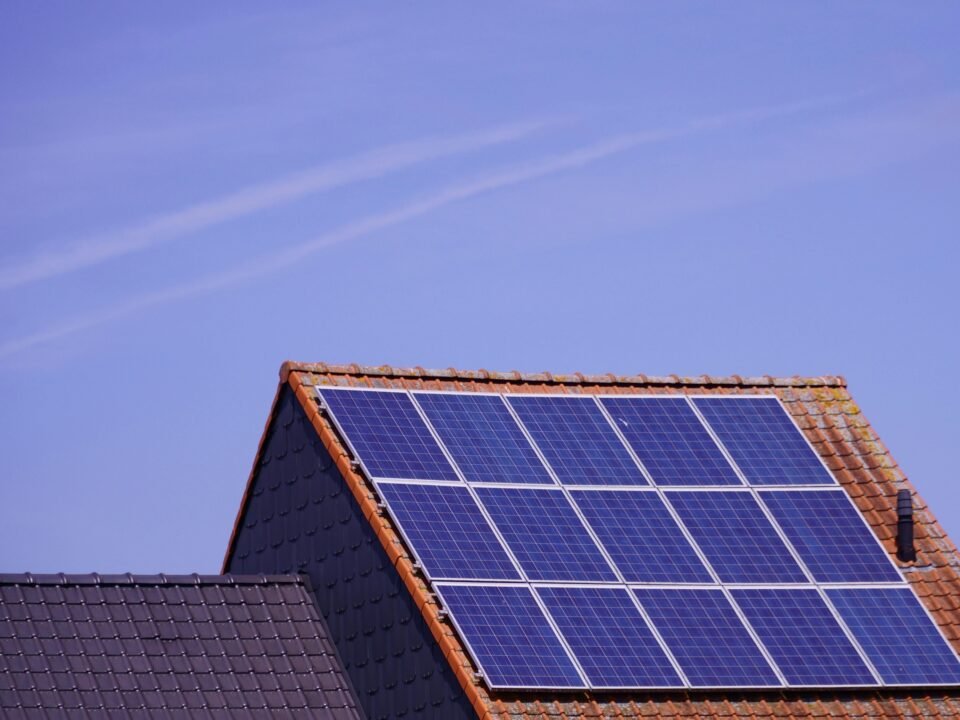Introduction
The world is undergoing a transformative shift in how we produce, distribute, and consume power. The increasing demand for sustainable and eco-friendly solutions has placed electricity and renewable energy at the forefront of global innovation. From solar panels on rooftops to massive offshore wind farms, clean power sources are no longer a futuristic vision—they are today’s reality. As climate change accelerates, and fossil fuels deplete, renewable energy has become the backbone of the new energy era, shaping the next generation of infrastructure, technology, and society.
This blog explores the latest electricity and renewable energy trends shaping the future, examining how they are influencing economies, industries, and everyday life.
The Rise of Renewable Energy in Electricity Generation
Traditionally, electricity was generated from coal, oil, and natural gas. While these sources provided consistent energy for decades, they also contributed heavily to greenhouse gas emissions. Today, renewable energy technologies such as solar, wind, hydropower, and biomass are increasingly replacing fossil fuels in the global electricity mix.
According to the International Energy Agency (IEA), renewables are set to account for over 40% of global electricity generation by 2030. This shift is driven by:
- Falling costs of technology: Solar photovoltaic (PV) module prices have dropped nearly 90% over the past decade.
- Government policies and incentives: Many nations provide subsidies, tax credits, and renewable portfolio standards.
- Corporate responsibility: Businesses are increasingly committing to 100% renewable electricity to meet sustainability goals.
Key Trends in Electricity and Renewable Energy
1. Decentralized Power Generation
In the past, electricity flowed in one direction—from large power plants to consumers. Today, decentralized systems like rooftop solar panels, community wind projects, and microgrids are gaining popularity. This local generation reduces transmission losses and increases energy independence.
Example: In rural India and Africa, solar-powered microgrids are bringing electricity to areas where traditional grids have never reached.
2. Energy Storage Solutions
One of the challenges of renewable energy is intermittency—solar panels only generate power when the sun shines, and wind turbines when the wind blows. To overcome this, energy storage systems such as lithium-ion batteries, pumped hydro, and flow batteries are being developed at scale.
Tesla’s Megapack projects and other large-scale battery farms are stabilizing grids worldwide, ensuring that clean electricity is available even during peak demand.
3. Smart Grids and Digitalization
The integration of digital technologies with electricity networks is creating smart grids. These grids use sensors, data analytics, and artificial intelligence to monitor energy usage in real time, predict demand, and reduce waste.
Smart meters in homes and businesses empower consumers to track and optimize their electricity consumption, leading to cost savings and efficiency.
4. Electrification of Transportation
Transportation is one of the largest contributors to carbon emissions. The rise of electric vehicles (EVs) is a game-changer for both electricity and renewable energy. As EV adoption increases, demand for renewable-powered charging infrastructure is also growing.
Governments worldwide are investing in charging networks and encouraging automakers to transition toward EV production. This trend aligns with the broader vision of clean electricity powering all major sectors.
5. Offshore Wind Power Expansion
Wind energy has long been a leader in the renewable sector, but offshore wind farms represent the next stage of growth. Offshore turbines benefit from stronger and more consistent winds, allowing them to generate massive amounts of electricity.
For instance, the United Kingdom and Denmark are global leaders in offshore wind, with projects that can power millions of homes.
6. Green Hydrogen Production
Another rising trend is the use of renewable electricity to produce green hydrogen through electrolysis. Green hydrogen can be stored, transported, and used as fuel in sectors where direct electrification is challenging, such as heavy industry and shipping.
Countries like Germany and Japan are investing heavily in hydrogen as part of their clean energy transition.
7. Integration of AI and IoT in Energy Management
Artificial Intelligence (AI) and the Internet of Things (IoT) are optimizing energy production and consumption. AI algorithms can predict demand surges, while IoT-enabled devices automatically adjust power usage. Together, these technologies enhance the efficiency of electricity systems powered by renewable energy.
Benefits of Electricity and Renewable Energy
Environmental Advantages
- Reduction of greenhouse gas emissions
- Improved air quality and public health
- Conservation of natural resources
Economic Growth
- Job creation in solar, wind, and battery manufacturing
- Lower electricity costs due to cheaper renewable technologies
- Energy independence for nations relying on imports
Social Impact
- Universal access to clean electricity in developing regions
- Empowerment of local communities through decentralized projects
- Improved quality of life with stable and reliable power
Challenges in the Transition
While the growth of electricity and renewable energy is promising, some challenges remain:
- Intermittency and storage: Developing cost-effective storage solutions is crucial.
- Grid modernization: Upgrading infrastructure to handle decentralized and variable inputs is expensive.
- Policy and regulation: Clear frameworks are needed to encourage investment.
- Equity in access: Ensuring affordable renewable electricity for all communities is vital.
Future Outlook
The next decade will be a defining moment for the future of electricity and renewable energy. Emerging technologies like advanced nuclear fusion, carbon capture integration with renewables, and AI-driven energy optimization promise to make power systems more efficient, resilient, and sustainable.
Moreover, collaborations between governments, corporations, and local communities will accelerate the shift toward a renewable-powered world. By 2050, the majority of electricity could come from renewable sources, drastically reducing carbon footprints and shaping a sustainable planet for future generations.
Conclusion
The future of power lies in the seamless integration of electricity and renewable energy. From decentralized solar projects to smart grids, offshore wind farms, and green hydrogen, innovations are reshaping how we think about and use energy. While challenges exist, the momentum toward clean energy solutions is undeniable.
By embracing these trends, societies worldwide are not only securing reliable and affordable electricity but also ensuring a healthier planet for generations to come. The journey toward renewable electricity is more than just a technological revolution—it is a moral, environmental, and economic necessity.



